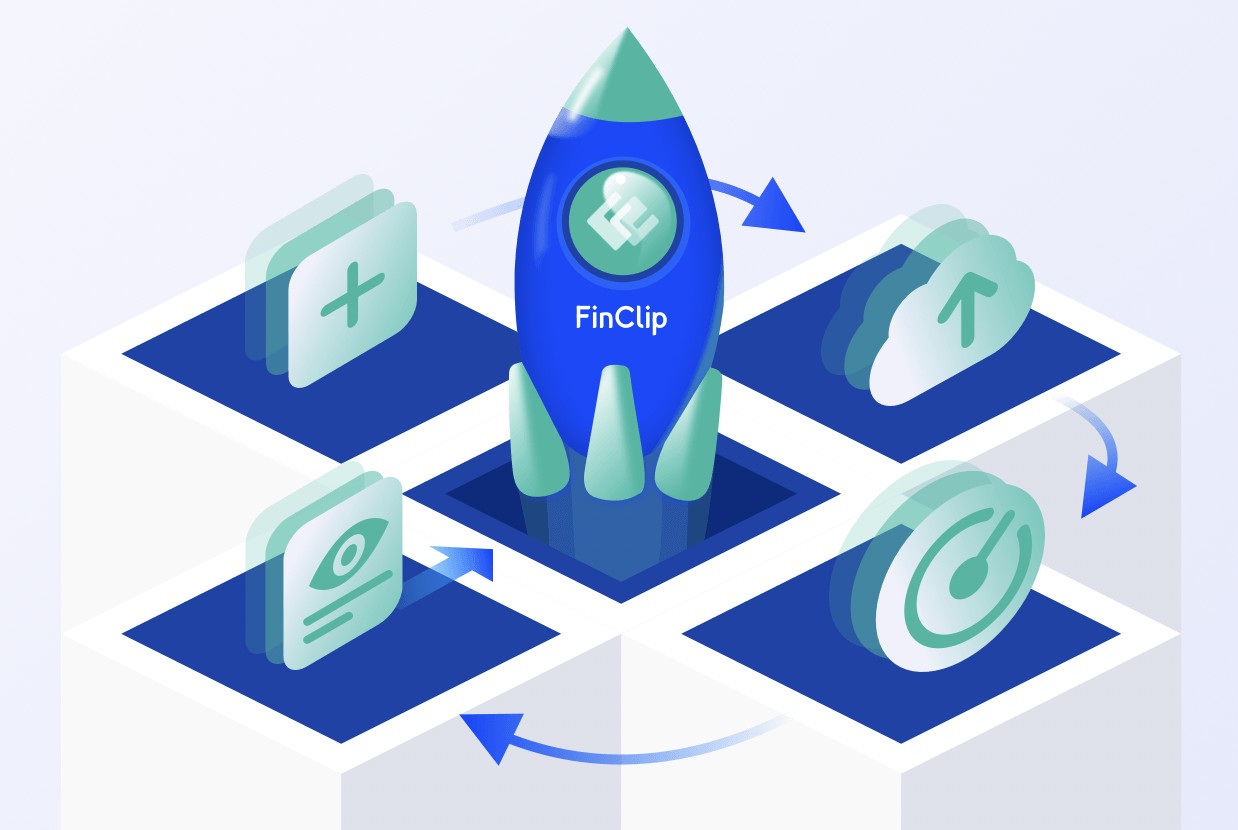
Trix - 是Rails 框架的创造者开发的一个富文本编辑器
Trix - 是Rails 框架的创造者开发的一个富文本编辑器

Trix
A Rich Text Editor for Everyday Writing
Compose beautifully formatted text in your web application. Trix is a WYSIWYG editor for writing messages, comments, articles, and lists—the simple documents most web apps are made of. It features a sophisticated document model, support for embedded attachments, and outputs terse and consistent HTML.
Trix is an open-source project from Basecamp, the creators of Ruby on Rails. Millions of people trust their text to Basecamp, and we built Trix to give them the best possible editing experience. See Trix in action in the all-new Basecamp 3.
Different By Design
Most WYSIWYG editors are wrappers around HTML’s contenteditable and execCommand APIs, designed by Microsoft to support live editing of web pages in Internet Explorer 5.5, and eventually reverse-engineered and copied by other browsers.
Because these APIs were never fully specified or documented, and because WYSIWYG HTML editors are enormous in scope, each browser’s implementation has its own set of bugs and quirks, and JavaScript developers are left to resolve the inconsistencies.
Trix sidesteps these inconsistencies by treating contenteditable as an I/O device: when input makes its way to the editor, Trix converts that input into an editing operation on its internal document model, then re-renders that document back into the editor. This gives Trix complete control over what happens after every keystroke, and avoids the need to use execCommand at all.
Built for the Modern Web
Trix is built with emerging web standards, notably Custom Elements, Mutation Observer, and Promises. Eventually we expect all browsers to implement these standards. In the meantime, Trix includes polyfills for missing functionality.
Getting Started
Include the bundled trix.css and trix.js files in the
of your page. …trix.css includes default styles for the Trix toolbar, editor, and attachments. Skip this file if you prefer to define these styles yourself.
To use your own polyfills, or to target only browsers that support all of the required standards, include trix-core.js instead.
Creating an Editor
Place an empty
Like an HTML


暂时没有评论,来抢沙发吧~